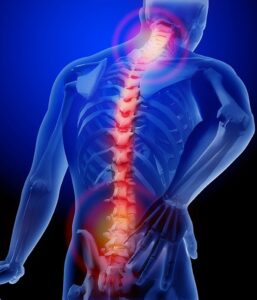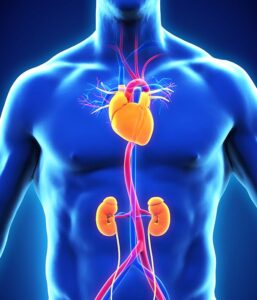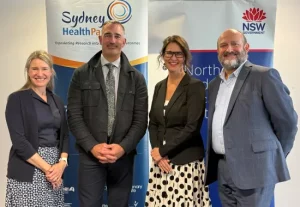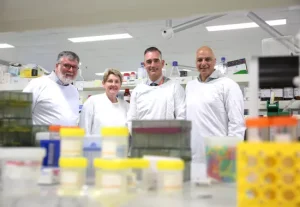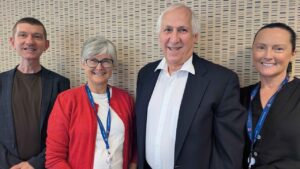The Orthopaedic Surgery Department brings together surgeons from different specialties with a common interest in improving the diagnosis and management of musculoskeletal diseases and injuries.
We are currently conducting research into hip and knee replacement, frozen shoulder, rotator cuff tendon disease, acute spinal injuries, musculoskeletal trauma and hand tendon dysfunction and repair.
Using an advanced robotic platform, we conduct biomechanical testing studies on cadaver tissue, bone models, and custom testing jigs to help better understand the kinetics and kinematics of joints. Our research aims to:
- Gain a better understanding of the kinetics and kinematics of joints, bone segments, and soft tissue structures
- Assess performance of implants and improve their design
- Improve surgical procedures and determine their impact on joint functions
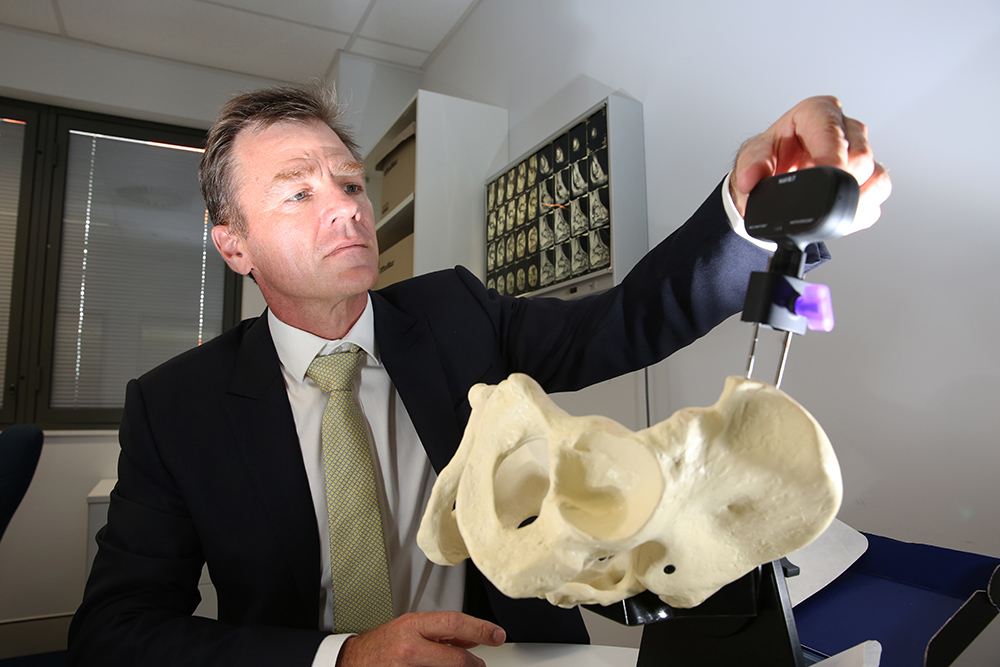

Lead

People

Projects

Publications
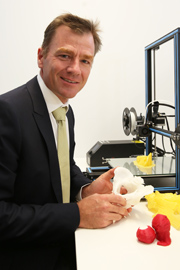
Professor Bill Walter
Professor of Orthopaedics and Traumatic
Chair of Institute of Bone and Joint Research
Surgery, The University of Sydney & Northern Sydney Local Health District (Royal North Shore Hospital)
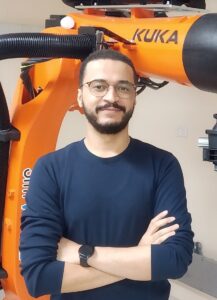
Dr Mounir Boudali
Researcher
Murray Maxwell Biomechanics Laboratory
Orthopaedics
Dr Nathan Hartin
Orthopaedic Surgeon
Dr Benjamin Cass
Orthopaedic Surgeon
Dr Andrew Ellis
Orthopaedic Surgeon
Dr Dimitri Papadimitriou
Orthopaedic Surgeon
Dr Sean Suttor
Orthopaedic Surgeon
Dr Michael Symes
Orthopaedic Surgeon
Dr Myles Coolican
Orthopaedic Surgeon
Dr Joseph Issacs
Orthopaedic Surgeon
Dr Andrew Cree
Orthopaedic Surgeon
Dr Randolf Gray
Orthopaedic Surgeon
Dr David Parker
Orthopaedic Surgeon
Dr Andrew Wines
Orthopaedic Surgeon
Dr Terence Moopanar
Orthopaedic Surgeon
Lyn McDonald
Research Nurse
Sagittal stability in total knee replacement
Goal: Total knee replacement may be stable or unstable in the sagittal plane. Sagittal stability can be measured by Lachman test, anterior drawer KT1000. Sagittal stability is an important factor determining reported outcomes and function.
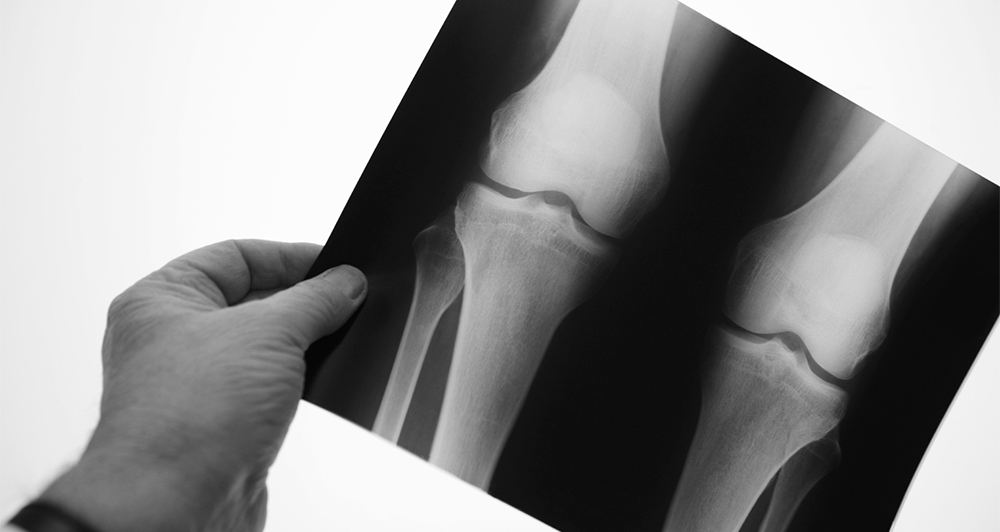
Comparison of kinematics of two different implant designs after total knee arthroplasty
Kinematics of a medial ball and socket and a single radius cruciate retaining total knee arthroplasty designs were compared using KneeKG in this study.
The Patellofemoral joint
A comprehensive biomechanical testing study
The accuracy analysis of 3D pre-operative planning
This project investigates the potential factors that influence the implant size disagreement between the pre-operative planning and the actual implant selected intraoperatively. The 3D assisted pre-operative planning and implant simulation method are involved in this project.
The Tight Rope study
A cadaveric, biomechanical comparison of generations of suspensory fixation with internal brace for Rockwood grade V acromioclavicular joint injuries.
The daily life activities with high risk of hip impingement, subluxation and dislocation.
Professor Bill Walter
- Hayasaka S, Newman C, Walter WL, Talbot S. (2019) Coronal tibial alignment is linked to femoral rotational asymmetry: Implications for total knee arthroplasty surgery. The Knee 26(2): 435-443. [more information]
- McKenna RM, Jack CM, Walter WK, Zicat B, Walter WL. (2019) Limited femorotomy – Removing a well fixed cementless stem. Seminars in Arthroplasty 29(3): 188-190. [more information]
- Katchky A, Jones CW, Walter WL, Shimmin AJ. (2019) Medial ball and socket total knee arthroplasty: Five-year clinical results. The Bone and Joint Journal 101-B(1) Supple A: 59-65. [more information]
- Walter WL (2018) Medial pivot designs avoid the need for ligament balancing – Affirms. Supple 10: 95.
- Jacobs HW, McKenna RM, Walter WL. (2018) Hip resurfacing: What does the Australian National Joint Registry say? Seminars in Arthroplasty 28(4): 233-238. [more information]
- McKenna RM, Jacobs HW, Walter WL. (2018) Ceramic on ceramic bearings: Assured longevity in patients younger than 60 years? Seminars in Arthroplasty 28(4): 231-232. [more information]
- Newman C, Walter WL, Talbot S. (2018) Femoral rotational asymmetry is a common anatomical variant. Clinical Anatomy 31(4).
- Goldhofer M, Munir S, Levy Y, Walter WK, Zicat B, Walter WL. (2018) Increase of benign squeaking rate at 5-year follow-up: Results of a large diameter ceramic-on-ceramic bearing in total hip arthroplasty (blinded). The Journal of Arthroplasty 33(4): 1210-1214. [more information]
- Shah SM, Munir S, Walter WL. (2017) Changes in spinopelvic indices after hip arthroplasty and its influence on acetabular component orientation. Journal of Orthopaedics 14(4): 434-437. [more information]
- Chow J, Pearce S, Cho K-K, Walter WL. (2017) Direct anterior approach using navigation improves accuracy of cup position compared to conventional posterior approach. Cureus 9(7): e1482. [DOI: 10.7759/cureus.1482]
- Levy Y, Walter WL. (2017) Complications of ceramic-on-ceramic bearings: Fracture, stripe wear, and squeaking. In: Complications after primary total hip arthroplasty: A comprehensive clinical guide. pp. 137-150. [DOI: 10.1007/978-3-319-54913-2_14]
- Shah SM, Walter WL, Ngo J. Is the pelvis stable during supine total hip arthroplasty? Acta Orthopaedic Belgica 83(1): 81-86.
- Shah SM, Walter WL, Tai S, Lorimer M, de Steiger R. (2017) Late dislocations after total hip arthroplasty: Is the bearing a factor? The Journal of Arthroplasty 32(9): 2852-2856. [more information]
- Parkes M, Sayer K, Goldhofer M, Cann P, Walter WL, Jeffers J. (2017) Zirconia phase transformation in retrieved, wear simulated, and artificially aged ceramic femoral heads: Phase transformation in retrieved ceramics. Journal of Orthopaedic Research 35(12). [more information]

